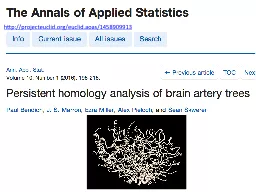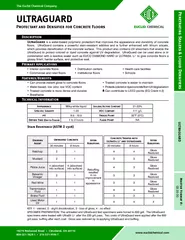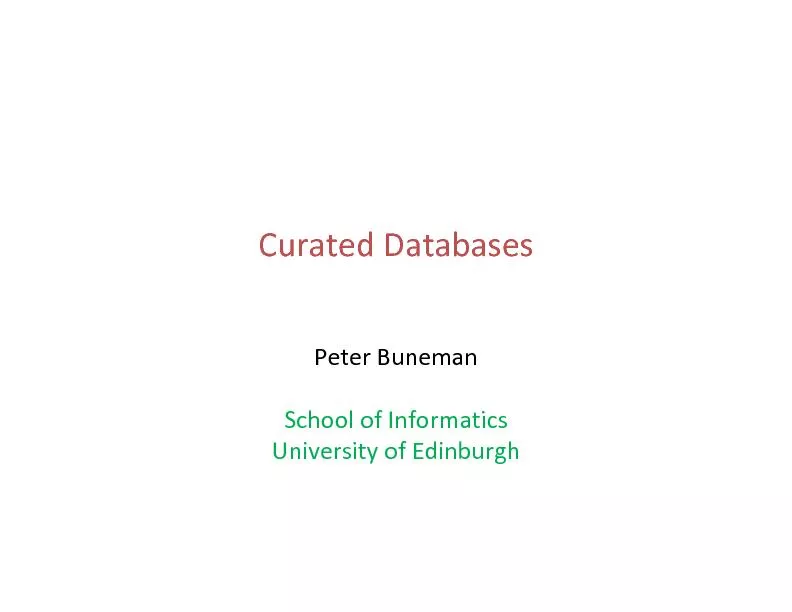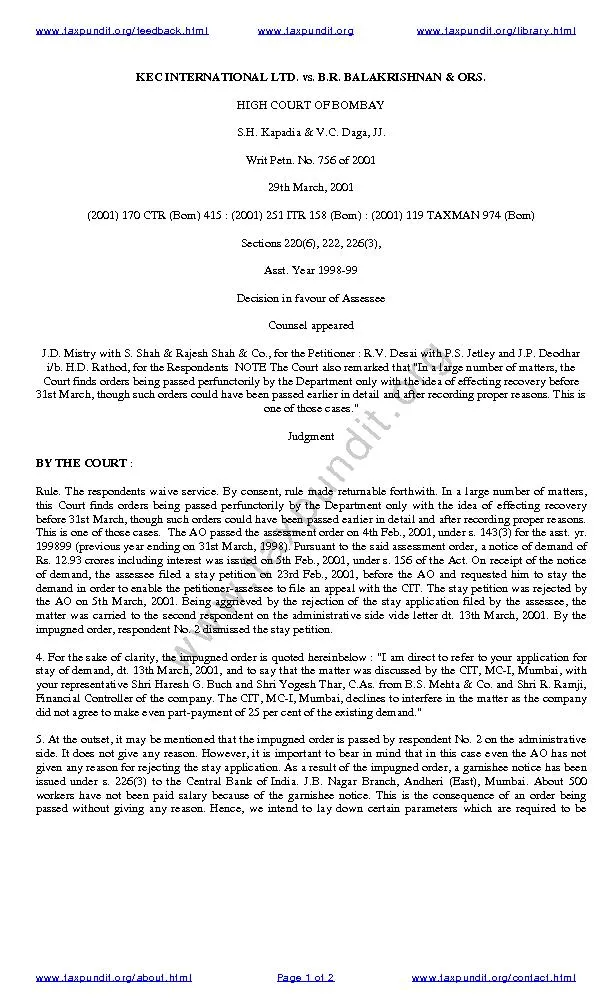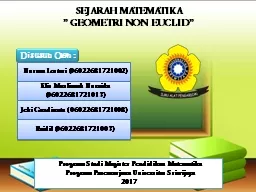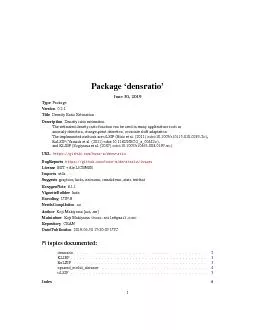PPT-http://projecteuclid.org/euclid.aoas/1458909913
Author : pasty-toler | Published Date : 2017-09-15
The full data set consists of n 98 or 97 such trees from people whose ages range from 18 to 72 years old Each data point is a tree representing arteries in human
Presentation Embed Code
Download Presentation
Download Presentation The PPT/PDF document "http://projecteuclid.org/euclid.aoas/145..." is the property of its rightful owner. Permission is granted to download and print the materials on this website for personal, non-commercial use only, and to display it on your personal computer provided you do not modify the materials and that you retain all copyright notices contained in the materials. By downloading content from our website, you accept the terms of this agreement.
http://projecteuclid.org/euclid.aoas/1458909913: Transcript
Download Rules Of Document
"http://projecteuclid.org/euclid.aoas/1458909913"The content belongs to its owner. You may download and print it for personal use, without modification, and keep all copyright notices. By downloading, you agree to these terms.
Related Documents

